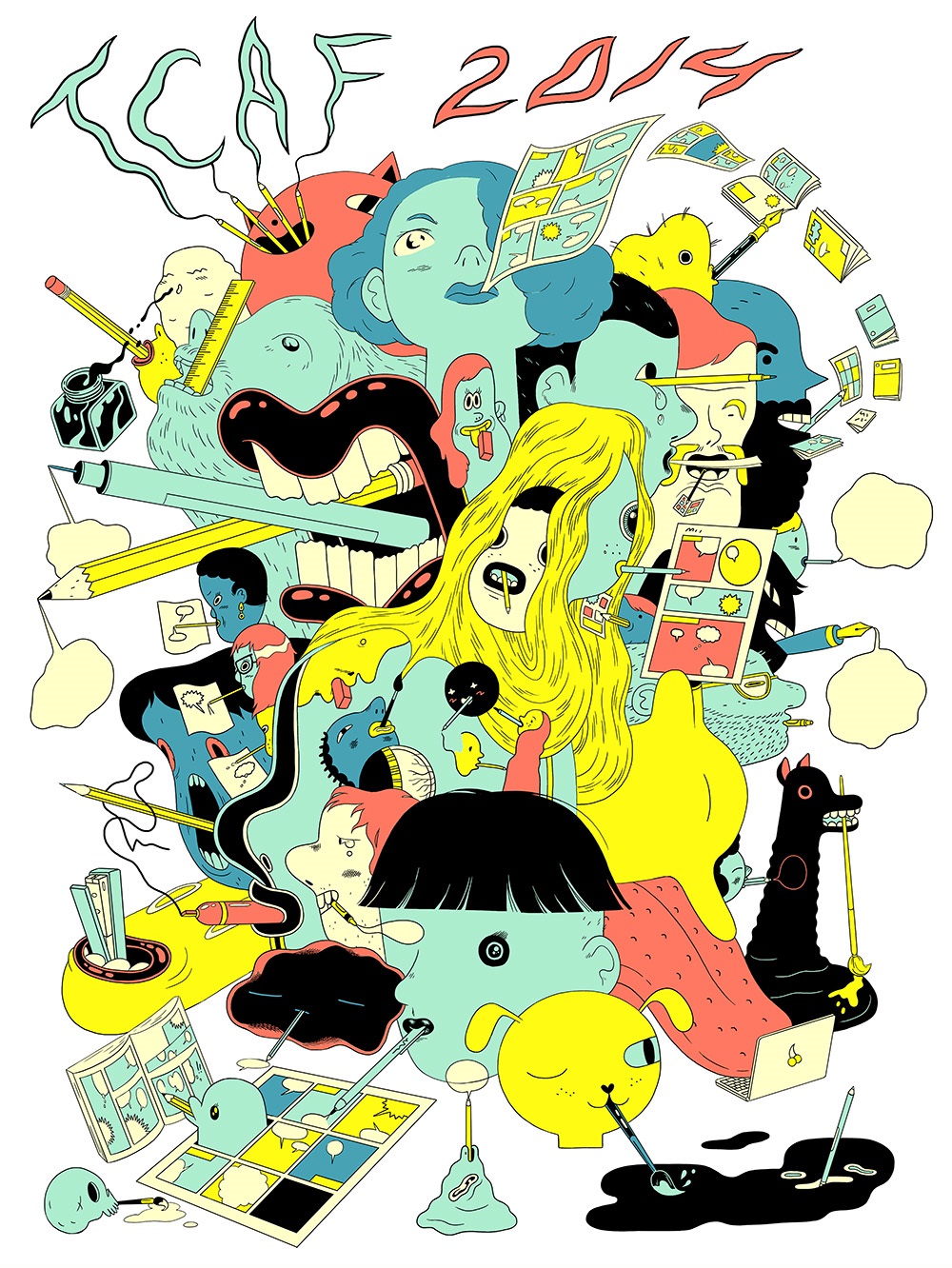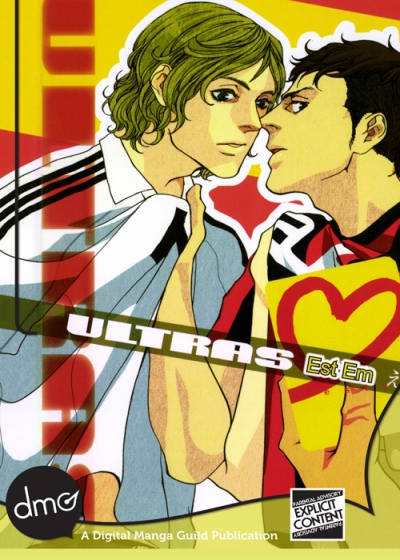Last year I attended the Toronto Comic Arts Festival (TCAF) for the very first time. It was an event that I had wanted to go to for years and I had such a fabulous time that I immediately began …
Continue Reading about Random Musings: Toronto Comic Arts Festival 2014 →

